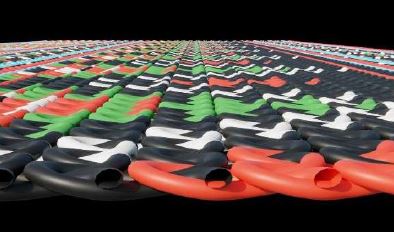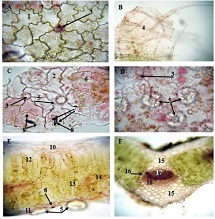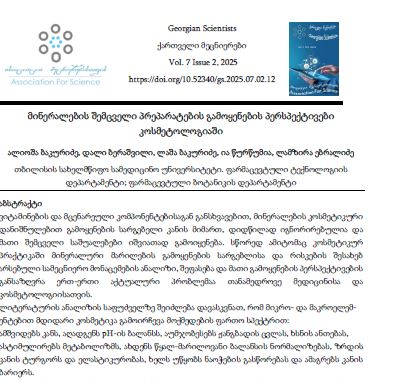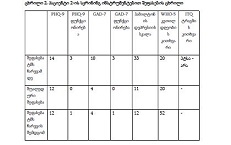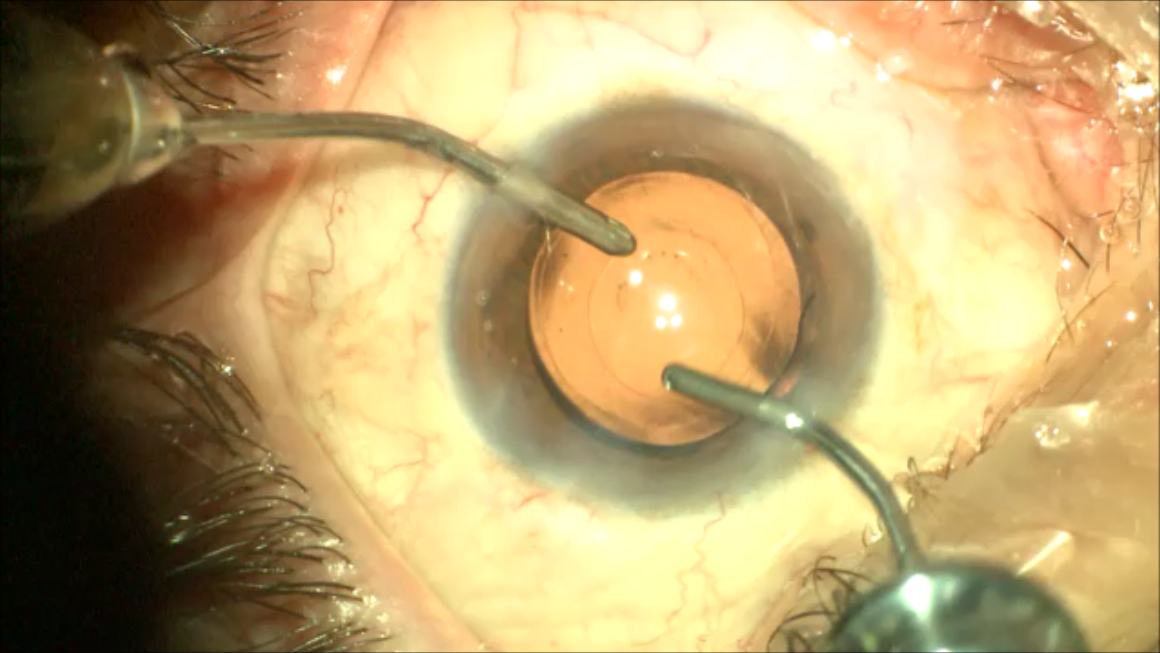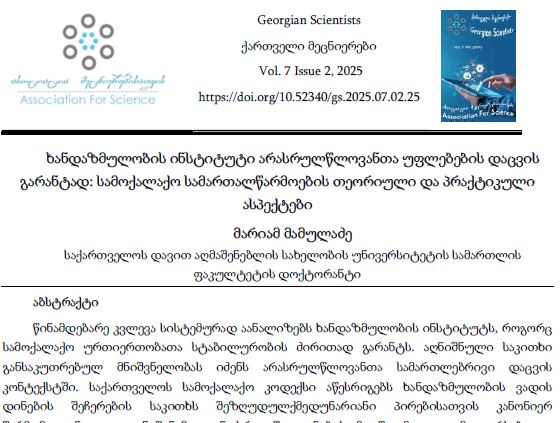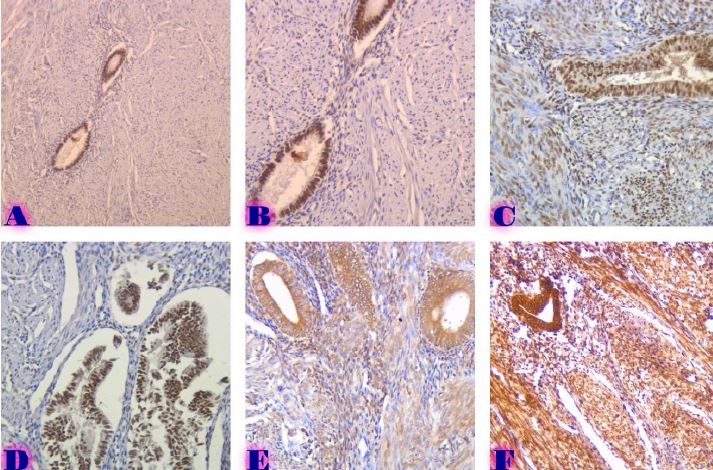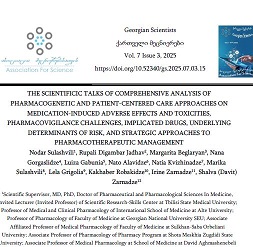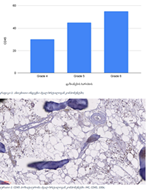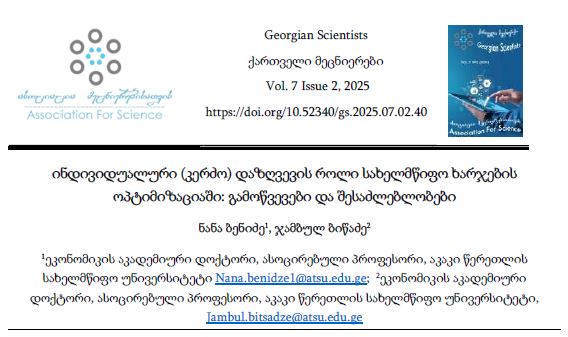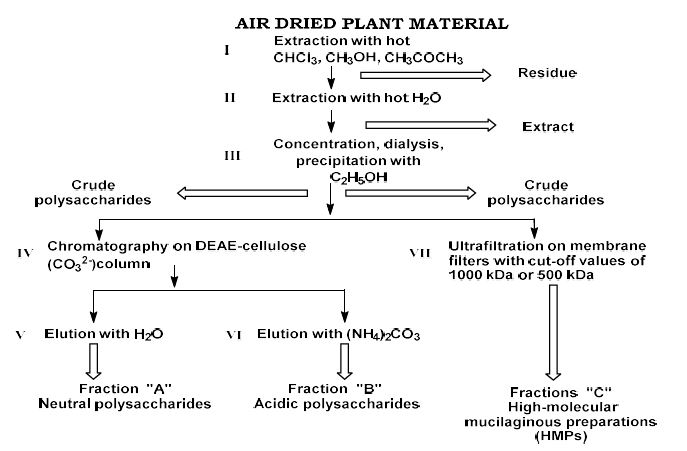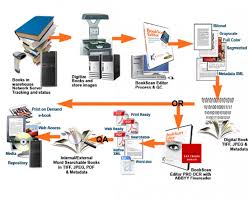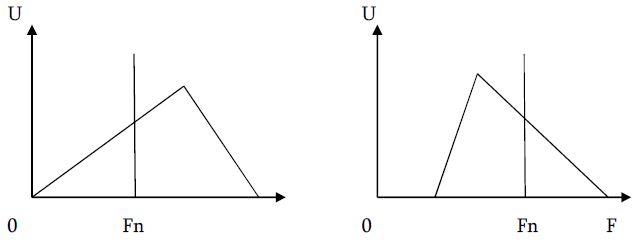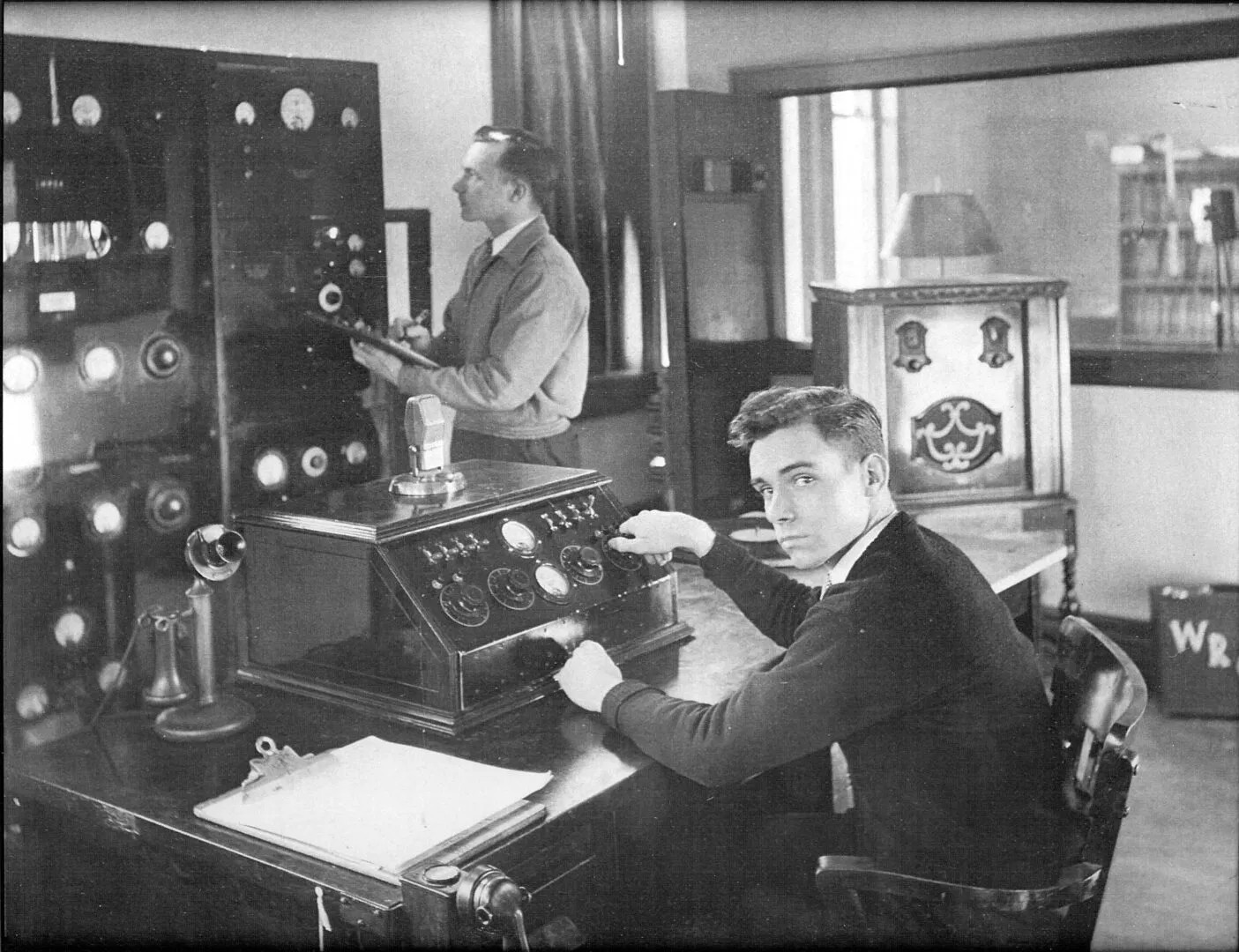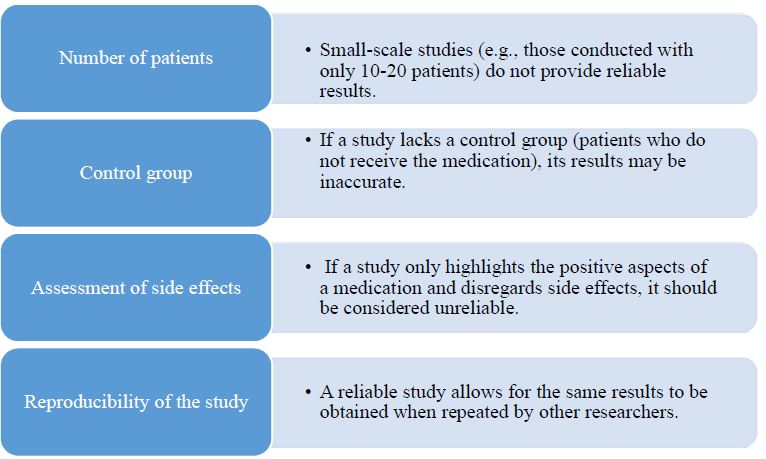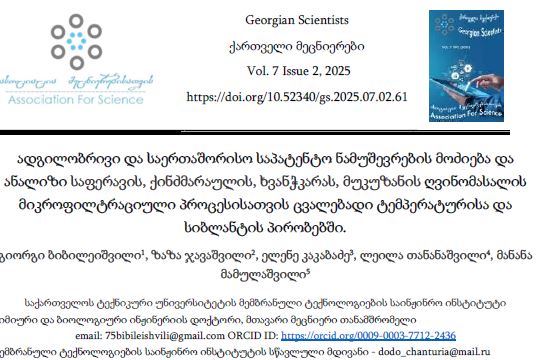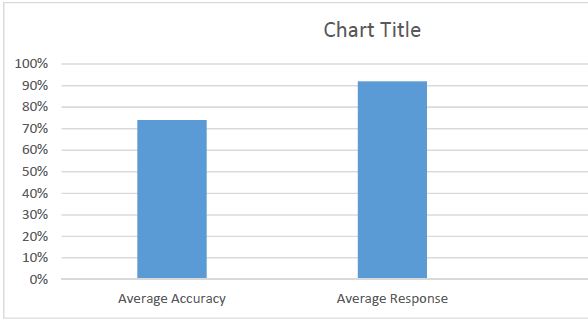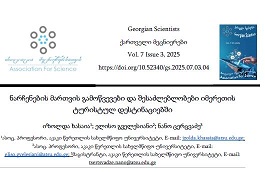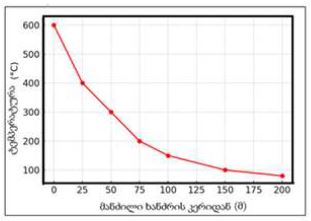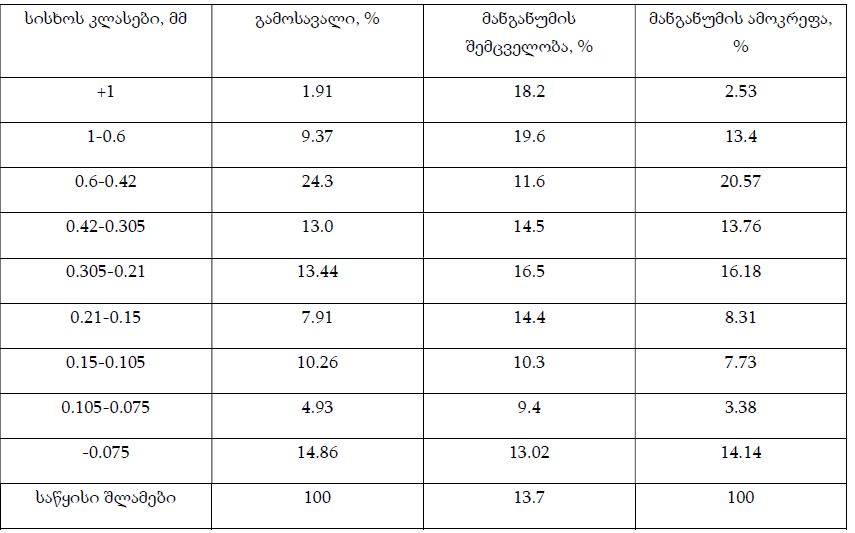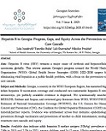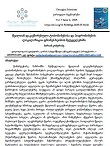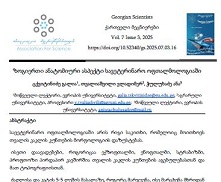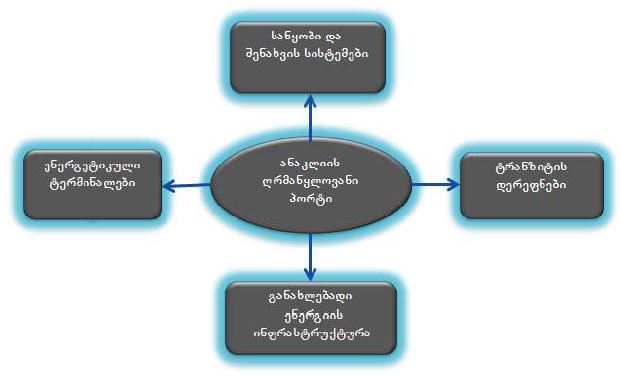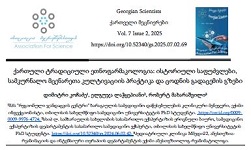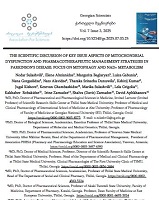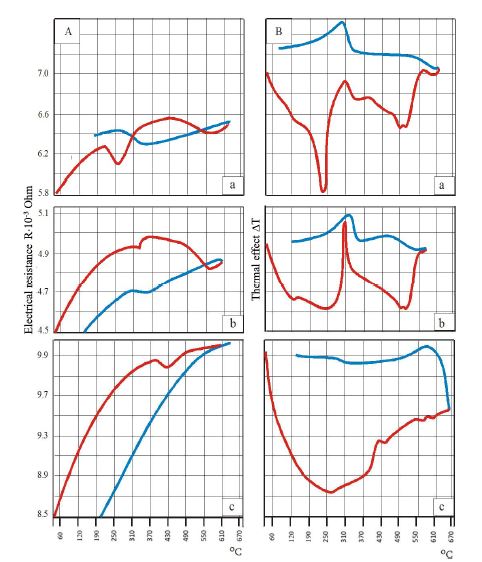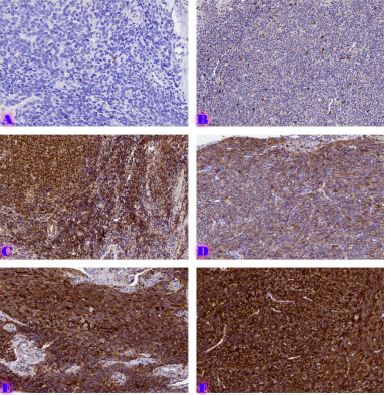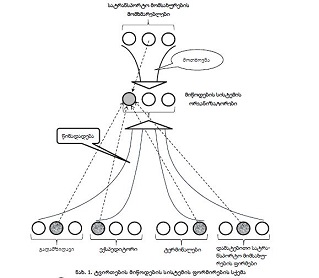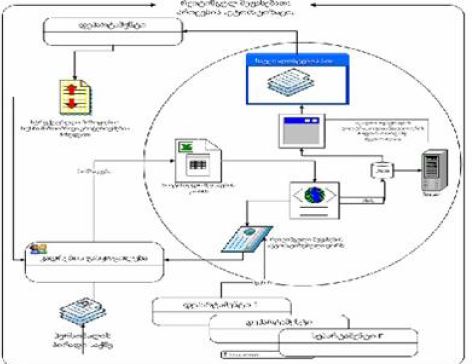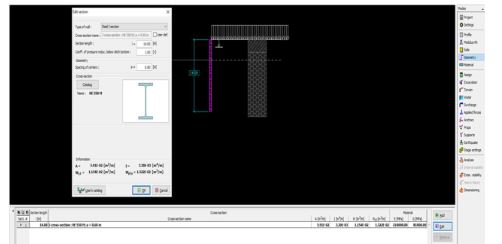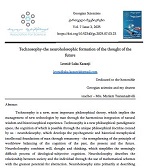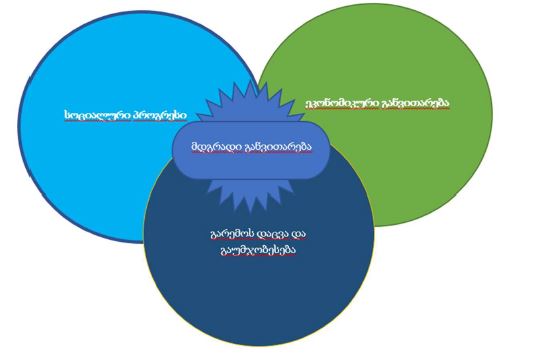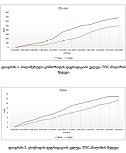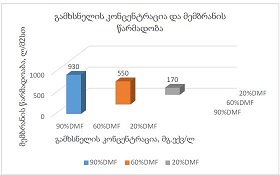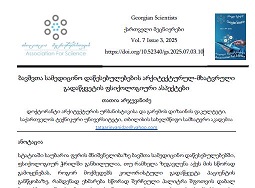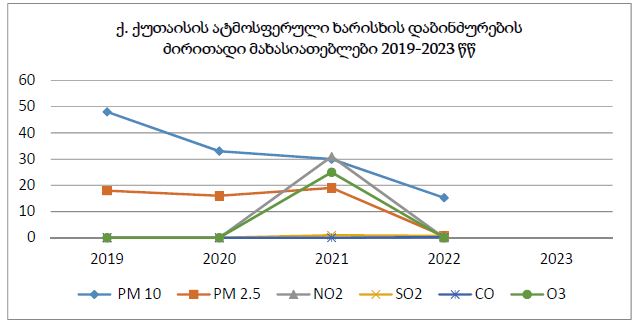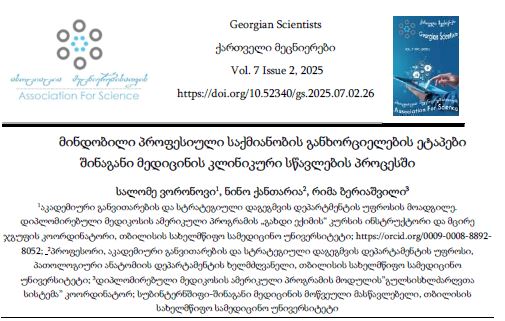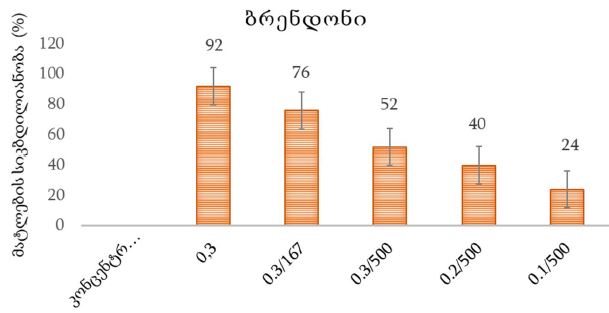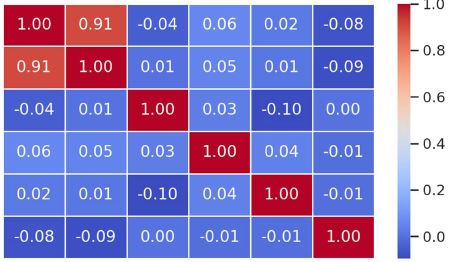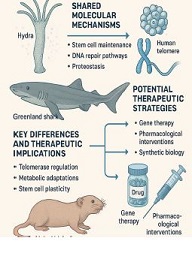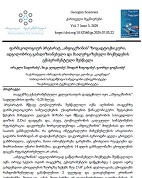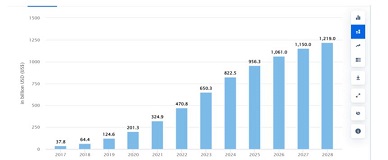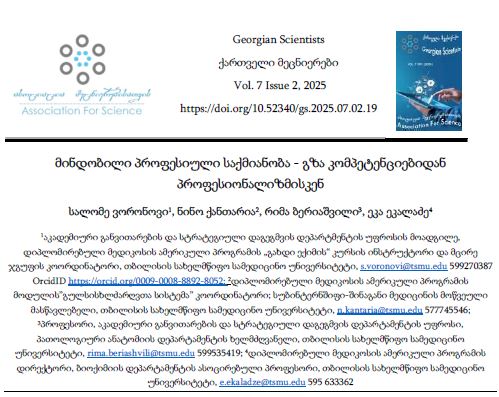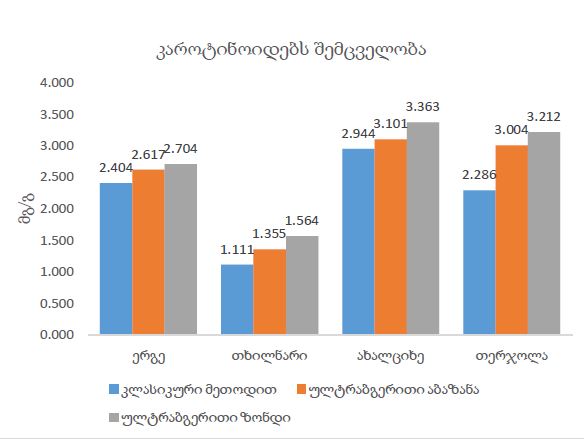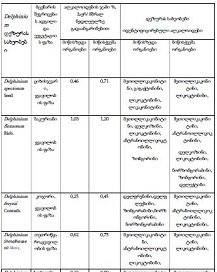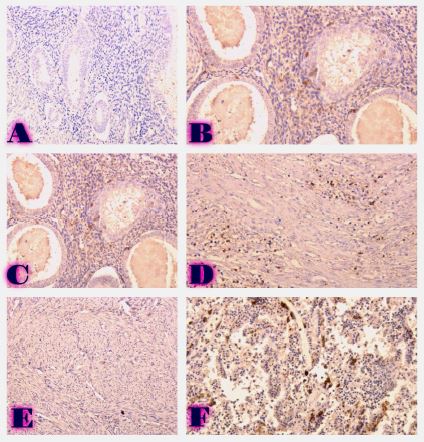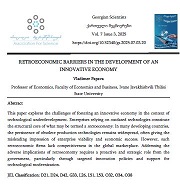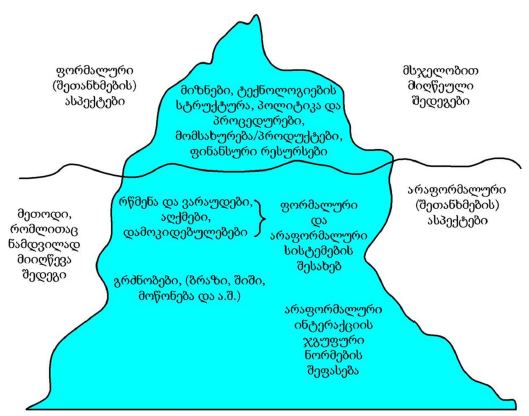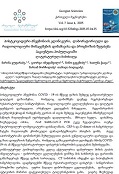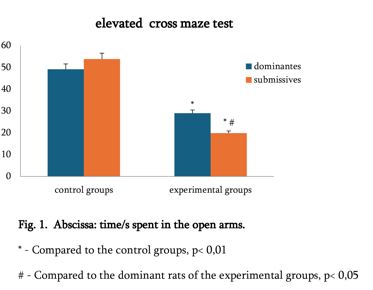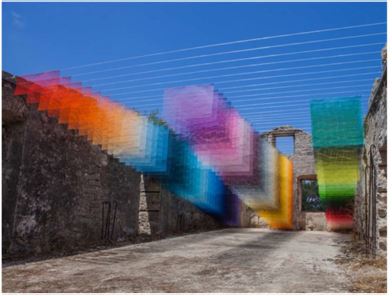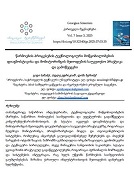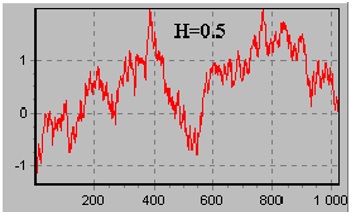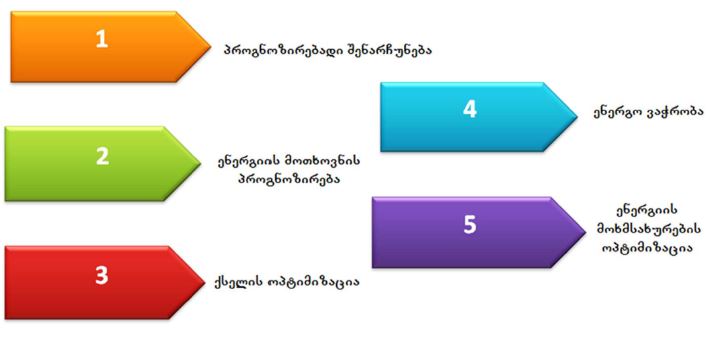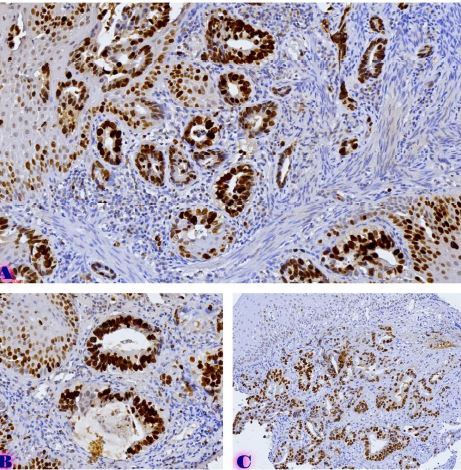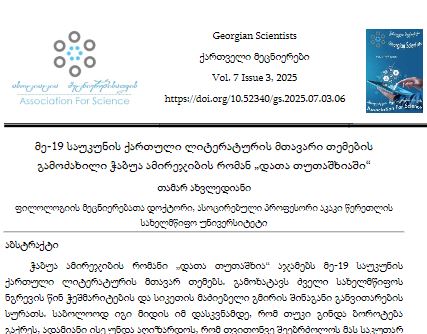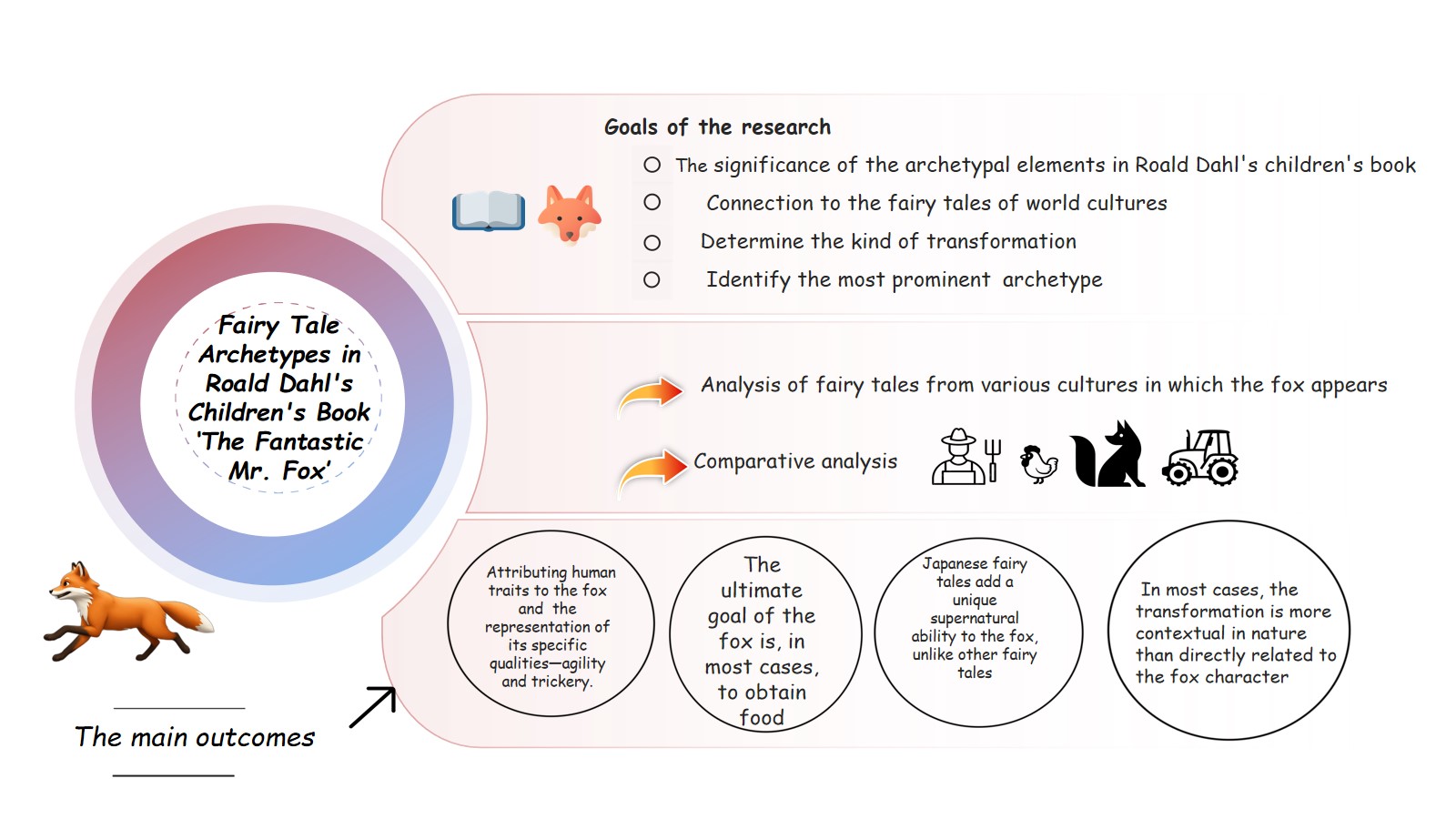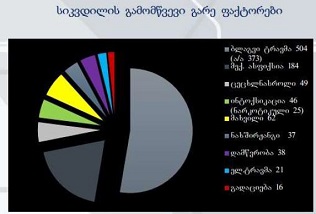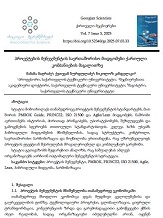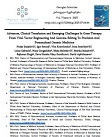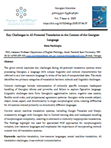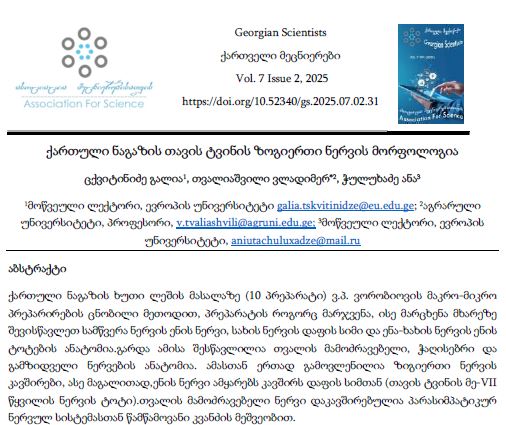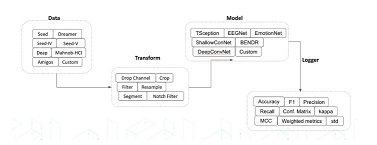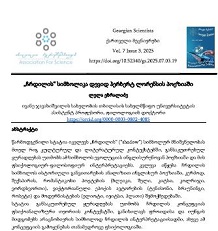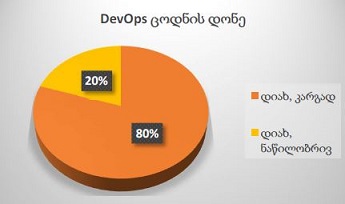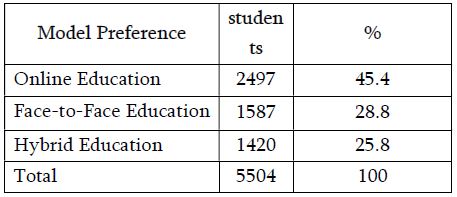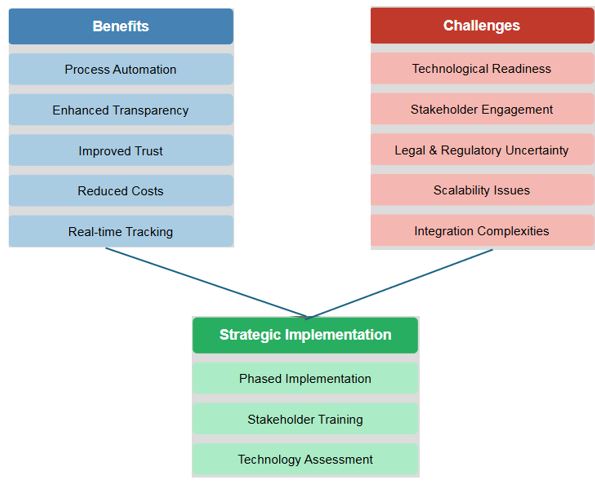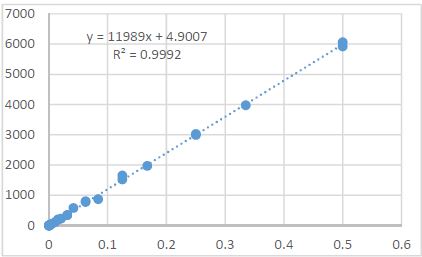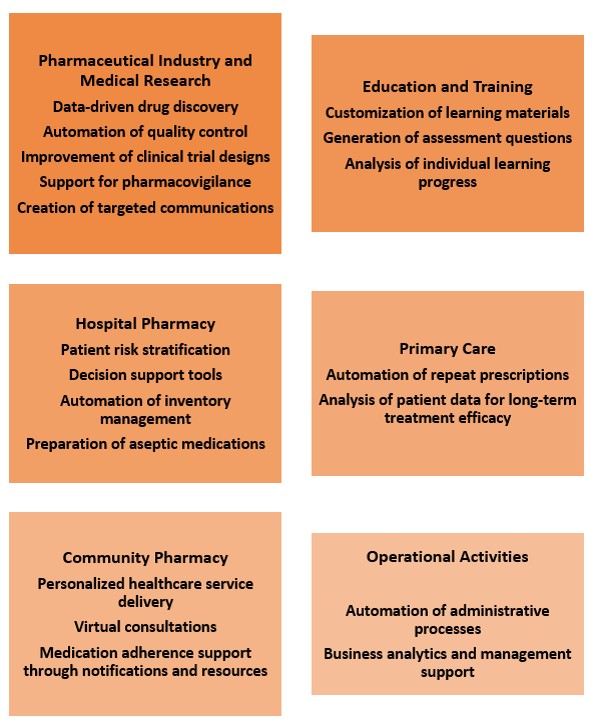Analysis of the emergency ventilation performance parameters for a road tunnel
Downloads
Additional Files
A fire in a road tunnel contaminates the ventilation air in the underground space and creates unfavourable conditions for life. Saving lives during tunnel fires is an internationally recognized problem that many scientists around the world are working on. Critical velocity and smoke backlayering in the fresh air jet are important technological parameters for fire ventilation. The international recommendations on emergency ventilation design stipulate that the critical velocity (in particular, its numerical value of 3.0 m/s) can be used to predict the underground spread of toxic substances and to exclude backlayering in road tunnels of almost all types. Nowadays, this statement should be supplemented by the results of new studies, to which we have generally given a new impetus and which note that underground fires generate the dynamic pressure higher than that produced by tunnel fans. Based on CFD modelling results, the present work concludes that even at a critical velocity of 4.5 m/s, in case of a 50 MW fire, jet fans can no longer influence the ventilation flow because their power is restricted due to the resistance caused by the fire. It can be considered established that the critical velocity as an important technological parameter can be definitely used in fire ventilation designs for the fire power of up to 30 MW and the maximum tunnel slope of 3%. The present paper gives new research results for the following different cases: 1) when it is possible to develop life-saving emergency ventilation designs with existing classical knowledge; 2) when existing knowledge is no longer sufficient for emergency ventilation designs and new research results are needed to develop a new approach to the problem.
Downloads
O. Lanchava, N. Ilias, G. Nozadze (2017) Some problems for assessment of fire in road tunnels. Quality-Access to Success, 18.
О. Lanchava, E. Medzmariashvili, N. Ilias, G. Khitalishvili, Z. Lebanidze (2009) Prospects of usage of transforming systems for extinguishing fire in tunnels. International Scientific Conference “Advanced Lightweight Structures and Reflector Antennas”, 302-308, Tbilisi.
O. Lanchava, N. Ilias, I. Andras, R. Moraru, I. Neag (2007) On the Ventilation of Transport Tunnels in the Presence of a Strong (Heavy) Fire. Annals of the University of Petrosani, Petrosani (Romania) 9, 219-227.
O. Lanchava (2020) Analysis of Critical Air Velocity for Tunnel Fires Controlled by Ventilation. Georgian Scientists, 2 (2).
O. Lanchava (1998) Hygroscopic heat and mass transfer in underground structures. GTU, Tbilisi, 272.
O. Lanchava, N. Ilias, G. Nozadze, S.M. Radu, R.I. Moraru, Z. Khokerashvili, N. Arudashvili (2019) FDS Modelling of the Piston Effect in Subway Tunnels. Environmental Engineering and Management Journal 18 (4), 317-325.
O.A. Lanchava (1982) Heat and mass exchange in permanent mine workings. Soviet Mining 18 (6), 529-532.
O. Lanchava, N. Ilias, G. Nozadze, S.M. Radu, R.I. Moraru, Z. Khokerashvili, N. Arudashvili (2017) The impact of the piston effect on the technological characteristics of ventilation in the subway tunnels. Proceedings of 8th International Symposium “Occupational Health and Safety” SESAM 2, 342-352.
O.A. Lanchava (1985) Heat and mass exchange in newly driven mine workings. Sov. Min. Sci. (Engl. Transl.); (United States) 21 (5).
O. Lanchava, N. Ilias (2017) Some issues of thermal calculation of ventilation air for the metro. Journal of Engineering Sciences and Innovation 2 (2), 92-105.
O. Lanchava, G. Javakhishvili (2021) Impact of strong fires on a road tunnel ventilation system. Bulletin of the Georgian National Academy of Sciences 15 (4), 38-45.
O. Lanchava, N. Ilias (2020) Critical velocity analysis for safety management in case of tunnel fire. MATEC Web of Conferences 305, 00023.
O. Lanchava, N. Ilias (2020) Calculation of railway tunnels ventilation. Journal of Engineering Sciences and Innovation 5 (1), 69-86.
Copyright (c) 2023 Georgian Scientists

This work is licensed under a Creative Commons Attribution-NonCommercial-NoDerivatives 4.0 International License.





